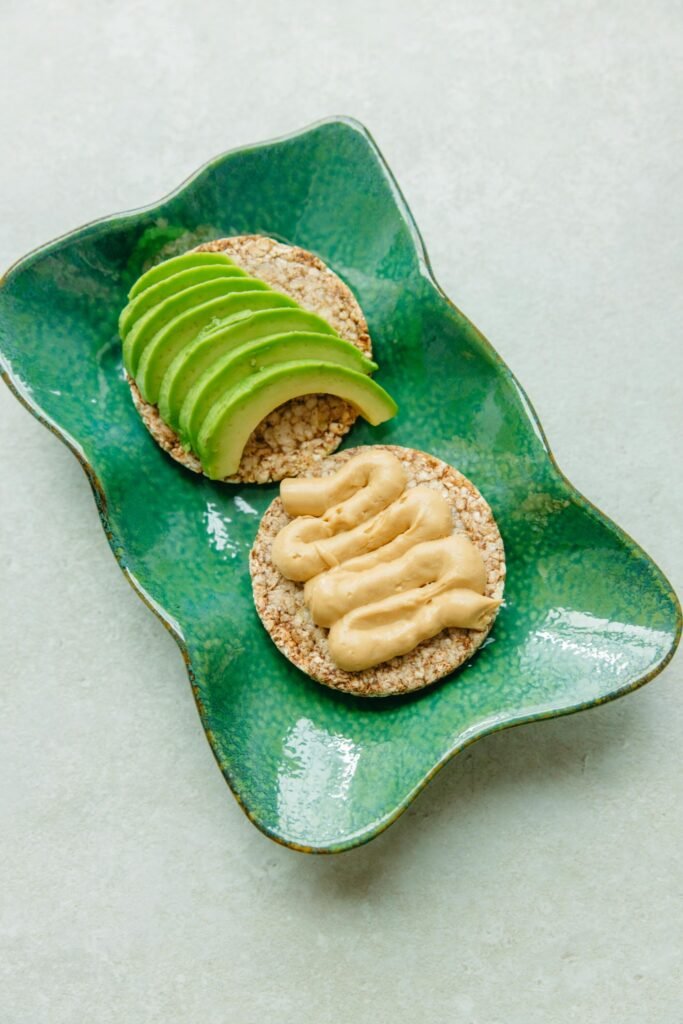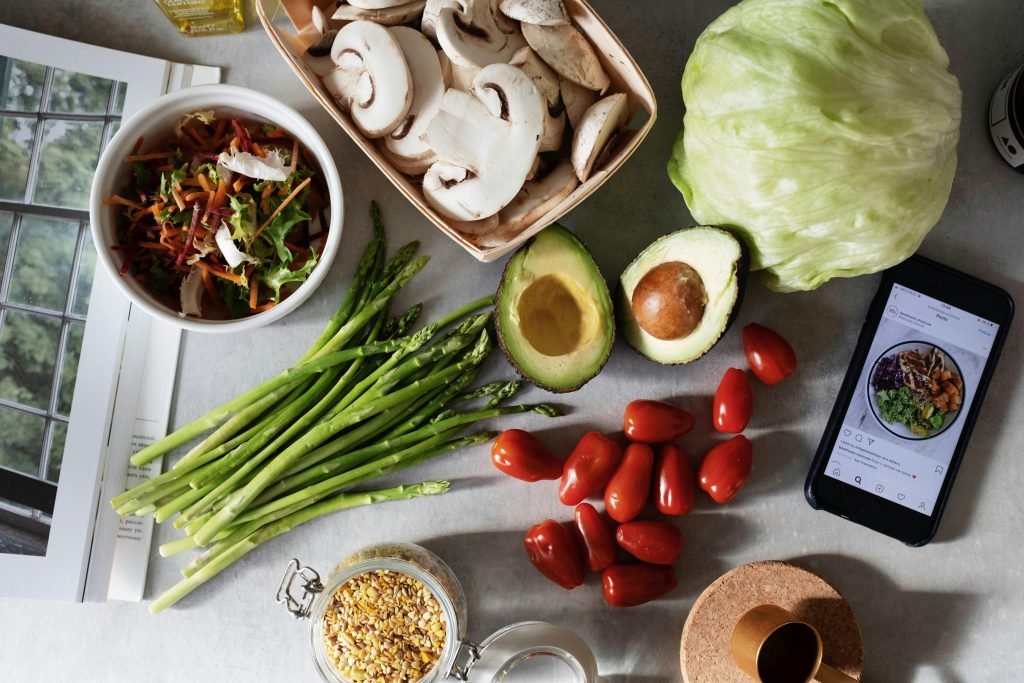Customize Your Meals
Creating meals tailored to POTS subtypes is more than just about nutrition—it’s a strategy for physiological stability. Each POTS subtype has distinct needs: hypovolemic POTS often benefits from increased sodium and fluid intake to expand blood volume, while hyperadrenergic POTS calls for moderation in stimulants and salt to avoid exacerbating sympathetic overactivity. By aligning meals with these needs, you’re not only fueling the body but actively supporting autonomic function throughout the day.
For hypovolemic POTS, the goal is to optimize volume and electrolyte balance. This means prioritizing meals rich in sodium, potassium, and fluids—like broth-based soups, salted proteins, and hydrating fruits and vegetables. Including naturally salty components such as olives, miso, or mineral-rich bone broth helps maintain blood pressure and circulation, especially in the morning and early afternoon when symptoms can be most intense. Pairing these with slow-digesting carbs and lean proteins creates sustainable energy and stabilizes blood glucose levels.
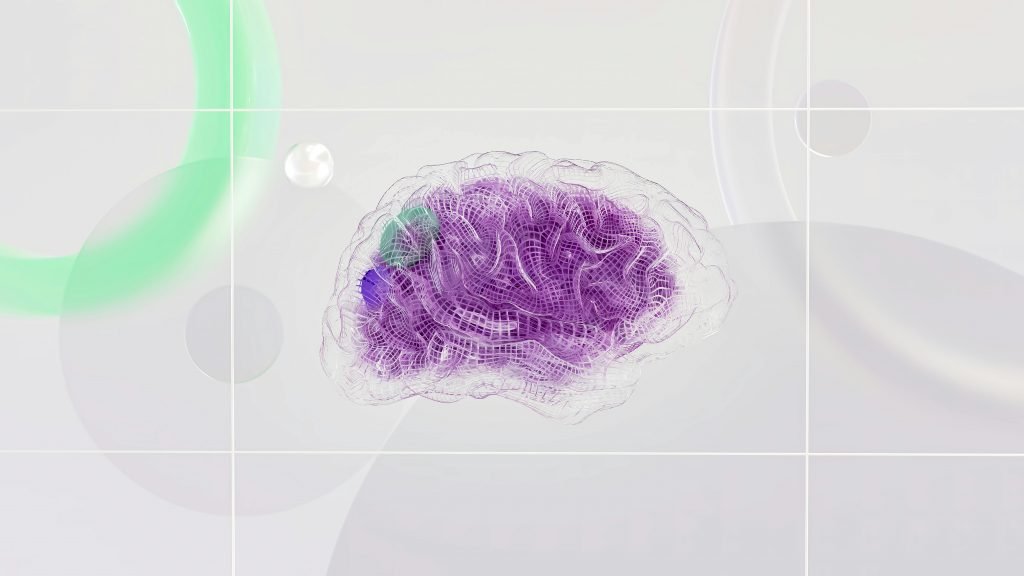
In contrast, hyperadrenergic POTS benefits from calm, mineral-dense meals that avoid overstimulation. Too much sodium can worsen tachycardia in this group, so the focus shifts to magnesium-rich greens, calming herbal teas, and anti-inflammatory fats like avocado and salmon. These meals support nervous system balance without encouraging excessive sympathetic response. Caffeine, high sugar, and heavily processed foods are best avoided, as they can trigger adrenaline surges or worsen palpitations.
Do you pre-hydrate with electrolytes before exercising?

Each version keeps your original structure but adjusts ingredients and emphasis to match the physiology of each subtype
Thoughtfully adapting meals for each subtype allows individuals with POTS to meet their body’s unique demands head-on. It turns everyday nutrition into targeted self-care—one bite at a time.
1. Savory Breakfast Bowl
Hypovolemic POTS:
- Scrambled eggs with spinach, sweet potato hash, and feta cheese
- Add extra sea salt to the eggs and a side of bone broth to boost sodium and fluid volume.
- Consider a salted banana smoothie on the side for potassium and hydration.
Hyperadrenergic POTS:
- Keep the eggs and sweet potato, but reduce added salt and avoid processed cheese.
- Add blueberries or avocado to support adrenal balance and reduce oxidative stress.
- Pair with chamomile tea to support calm sympathetic tone.
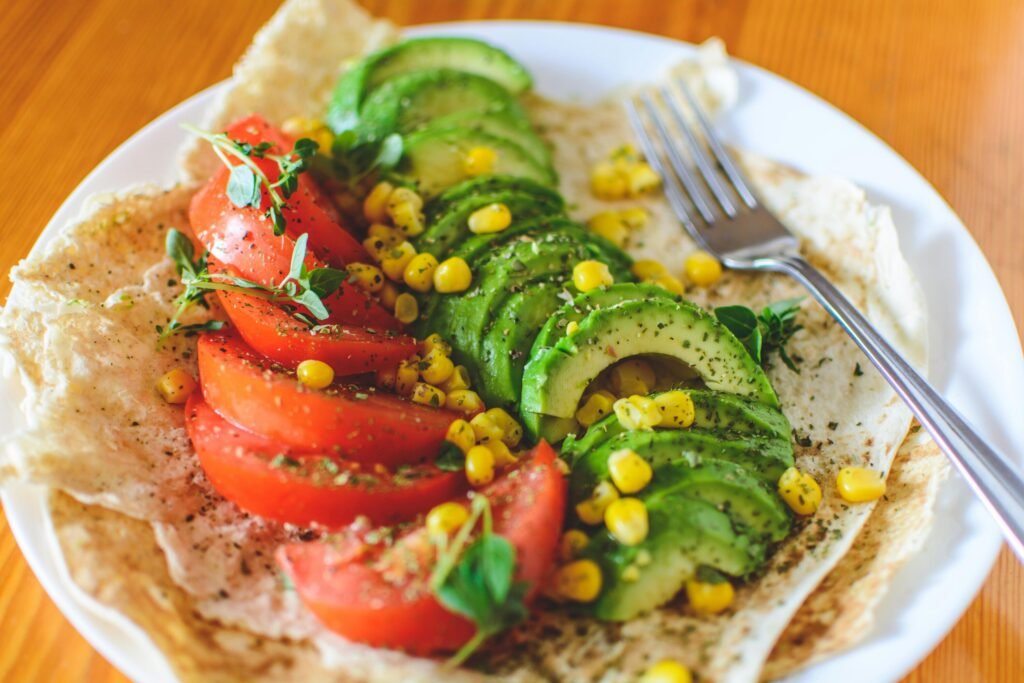
2. Mediterranean Tuna Wrap
Hypovolemic POTS:
- Use salted tuna or add olives and pickled veggies for sodium.
- Include a hydration booster like coconut water or an electrolyte drink.
- Wrap in a whole grain tortilla for slow-digesting carbs.
Hyperadrenergic POTS:
- Choose low-sodium tuna and skip the olives.
- Add cucumber and leafy greens for cooling, anti-inflammatory support.
- Use hummus with turmeric for its calming, anti-inflammatory properties.
3. Chicken and Quinoa Power Bowl
Hypovolemic POTS:
- Season chicken generously with sea salt and lemon.
- Add roasted beets or carrots for potassium and fluid retention.
- Serve with a glass of salted cucumber water.
Hyperadrenergic POTS:
- Use herb-roasted chicken with minimal salt.
- Add steamed broccoli and avocado for magnesium and calming fats.
- Include a green tea or rooibos infusion to support vascular tone.
4. Hydration-Boosting Ramen
Hypovolemic POTS:
- Use broth with added salt or miso, rice noodles, and boiled egg.
- Add seaweed and bok choy for minerals and volume expansion.
- Finish with a dash of soy sauce or tamari for extra sodium.
Hyperadrenergic POTS:
- Use low-sodium broth, and skip soy sauce.
- Add ginger and mushrooms for anti-inflammatory and adrenal support.
- Include brown rice noodles for stable blood sugar.

5. Salted Avocado Toast with Smoked Salmon
Hypovolemic POTS:
- Use salted whole grain toast, mashed avocado, and smoked salmon.
- Top with capers or a sprinkle of sea salt.
- Pair with electrolyte-rich herbal tea like hibiscus or nettle.
Hyperadrenergic POTS:
- Use unsalted toast and fresh salmon instead of smoked.
- Add sliced cucumber or sprouts for cooling effect.
- Pair with lemon balm or passionflower tea to support nervous system balance.
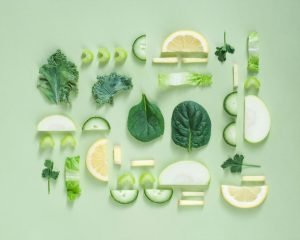
GnarlyTree | DIET AND EATING
Green Juice Habit for POTS | Boosting Health Through Plant-Based Nutrition
Explore the benefits of developing a green juice habit for POTS, discuss ideal ingredients, and explain how this lifestyle change can become a vital part of a nutrition strategy.
Final Thoughts
Crafting meals that align with your specific POTS subtype isn’t about restriction—it’s about strategy, intention, and support. Whether you’re replenishing fluids and salt for hypovolemic needs or calming the nervous system for hyperadrenergic balance, food becomes a daily tool for resilience. These tailored approaches help transform mealtime into a steady foundation for symptom management, energy, and autonomy. The more you understand your body’s patterns, the more confidently you can fuel it—deliberately and deliciously.
